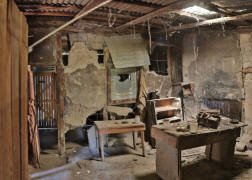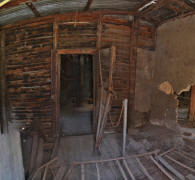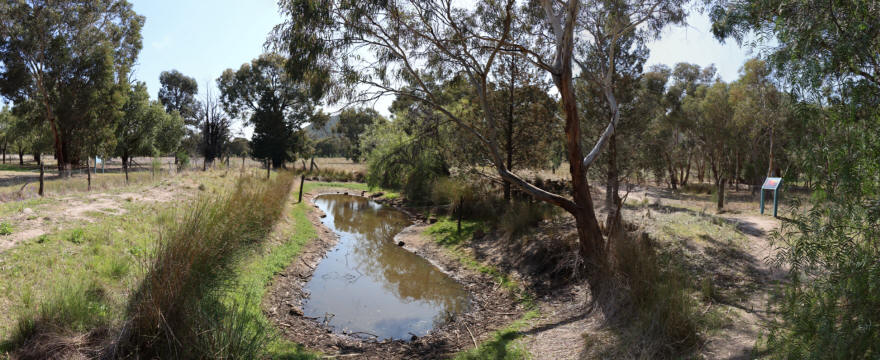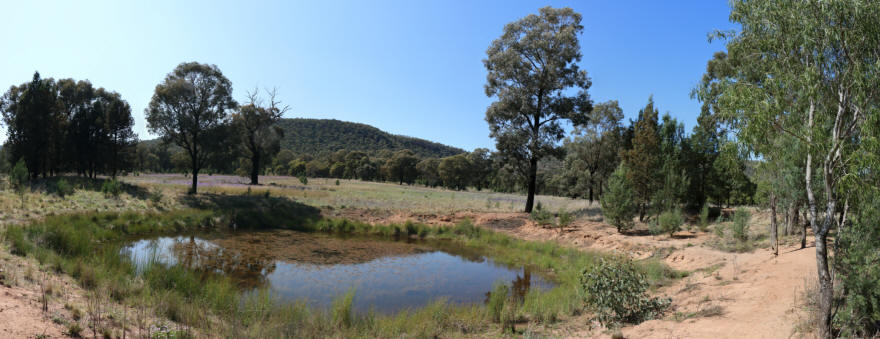|
Seaton's Farm - Weddin Mountains National Park NSW
Seatonís Farm is located in the Weddin Mountain
National Park NSW near Grenfell & has been managed by the national
parks since 1983. The farm is an important landmark that was built
using only material readily available. The 150 acre farm was
purchased in 1936 at the height of the Great Depression on poor
country running up into the Weddin Mountains. |
||
|
|
|
|
| avenue of kurrajongs | leading to the homestead | farm fencing |
|
|
|
|
|
|
|
|
| homestead | homestead | homestead veranda |
|
|
 |
 |
| homestead veranda | homestead kitchen | bedroom |
|
|
|
|
| rainwater tank | ||
|
|
|
|
| homestead walls | ||
 |
||
| hand dug house dam | ||
|
|
|
|
| strong wind shelter | strong wind shelter | farm shed |
|
|
|
|
| shed & chook house | chook house | |
 |
||
| farm shed | ||
|
|
|
|
| chook house | chook house | chook house |
|
|
|
|
| sheep pens | sheep pens | sheep pens |
|
|
|
|
|
|
|
|
| farm shed | farm shed | machinery shed |
|
|
|
|
|
|
|
|
|
|
|
|
|
|
|
|
| piggery | piggery | piggery |
| back to IN OUR BACKYARD | ||
